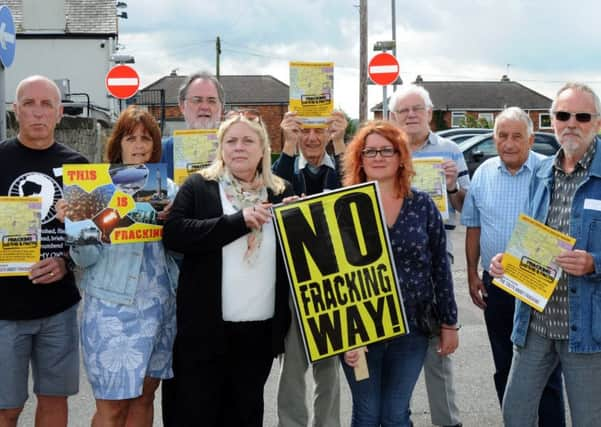Residents in Barlborough launch anti-fracking campaign group


Although no planning application has been submitted for Barlborough, chemical firm Ineos held an exhibition at Barlborough Village Hall about seismic testing.
The Bolsover Against Fracking group held an ‘alternative’ exhibition for residents on the same day at Barlborough Miners’ Welfare.
Advertisement
Hide AdAdvertisement
Hide AdResident Charles Boss, chairman of the newly-formed Barlborough Against Fracking group, said: “Fracking is a very large process in what could take place in a very small village.
“They have not said where they are going to be testing in Barlborough as such but they are trying to test anywhere they possibly can.
“There is a difference between testing and fracking but one will follow the other very quickly.
“I think people will oppose it.”
Fracking involves drilling deep into the ground and injecting water, sand and chemicals at high pressure to create tiny cracks or fractures.
Advertisement
Hide AdAdvertisement
Hide AdShale gas can then flow up a well to the surface and be collected.
Ineos started seismic testing across the East Midlands in June and will continue to do so for about six months.
Seismic testing does not involve fracking but provides a clear image of the underground rock structure to determine whether fracking can later take place.
Mr Boss, who was once vice chairman of North East Derbyshire Environment Action Network, said that people need to start debating the subject sensibly. “I am against fracking in principle and what it could do to the local environment,” he added.
Advertisement
Hide AdAdvertisement
Hide AdA spokesman for Ineos said: “Ineos Shale held a public exhibition in Barlborough to discuss the ongoing seismic testing programme with the local community. The exhibition was well attended with many high quality questions from interested members of the public. This exhibition was the first of four such exhibitions across our East Midlands seismic programme.”